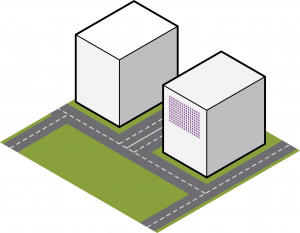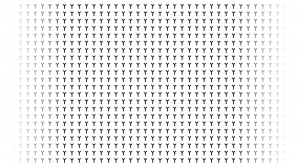Many misconceptions float around about the pilot contamination phenomenon. While existent in any multi-cellular system, its effect tends to be particularly pronounced in Massive MIMO due to the presence of coherent interference, that scales proportionally to the coherent beamforming gain. (Chapter 4 in Fundamentals of Massive MIMO gives the details.)
A good system design definitely must not ignore pilot interference. While it is easily removed “on the average” through greater-than-one reuse, the randomness present in wireless communications – especially the shadow fading – will occasionally cause a few terminals to be severely hit by pilot contamination and bring down their performance. This is problematic whenever we are concerned about the provision of uniformly great service in the cell – and that is one of the principal selling arguments for Massive MIMO. Notwithstanding, the impact of pilot contamination can be reduced significantly in practice by appropriate pilot reuse and judicious power control. (Chapters 5-6 in Fundamentals of Massive MIMO gives many details.)
A more fundamental question is whether pilot contamination could be entirely overcome: Does there exist an upper bound on capacity that saturates as the number of antennas, M, is increased indefinitely? Some have speculated that it cannot; much in line with known capacity upper bounds for cellular base station cooperation. While this question may be of more academic than practical interest, it has long been open except for in some trivial special cases: If the channels of two terminals lie in non-overlapping subspaces and Bayesian channel estimation is used, the channel estimates will not be contaminated; capacity grows as log(M) when M increases without bound.
A much deeper result is established in this recent paper: the subspaces of the channel covariances may overlap, yet capacity grows as log(M). Technically, a Rayleigh fading with spatial correlation is assumed, and the correlation matrices for the contaminating terminals must only be linearly independent as M goes to infinity (exact conditions in the paper). In retrospect, this is not unreasonable given the substantial a priori knowledge exploited by the Bayesian channel estimator, but I found it amazing how weak the required conditions on the correlation matrices are. It remains unclear whether the result generalizes to the case of a growing number of interferers: letting the number of antennas go to infinity and then growing the network is not the same thing as taking an “infinite” (scalable) network and increasing the number of antennas. But this paper elegantly and rigorously answers a long-standing question that has been the subject of much debate in the community – and is a recommended read for anyone interested in the fundamental limits of Massive MIMO.



